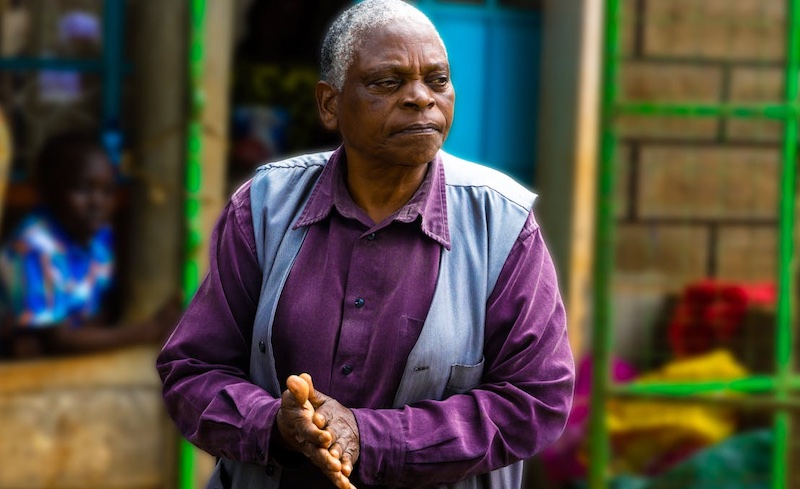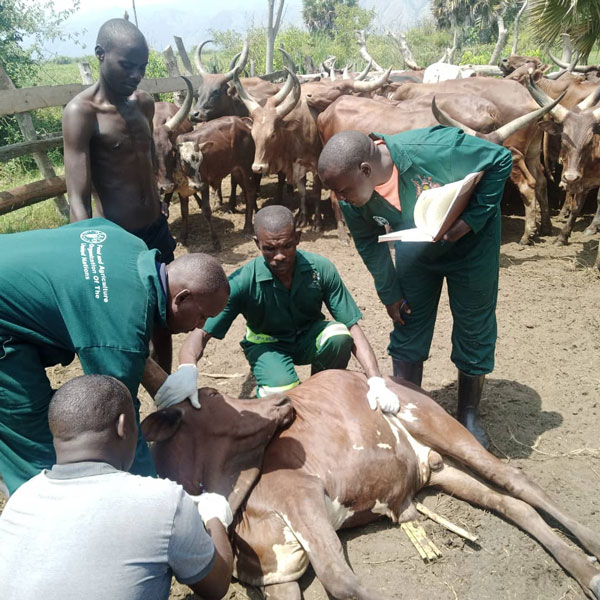At the Uganda Bureau of Statistics (Ubos), a team of demographers has put numbers to a story that will shape the nation’s next quarter-century.
The latest Population Projections Report (2025–2050), drawn from the 2024 National Census, paints a picture of a country in transition, one still young and growing fast, yet slowly beginning to age.
It is a story of potential prosperity, but also of strain, depending on how Uganda chooses to manage what comes next. Uganda, long one of the world’s most fertile nations, is seeing its birth rate quietly fall.
The total fertility rate (TFR), the average number of children a woman is expected to have, stood at around seven in 1991. By 2050, it could drop below four, according to Ubos. This shift, while uneven across the country, marks a profound demographic turning point.
Fertility rates are falling fastest in cities and regions with stronger education systems, better access to contraception, and more women in the workforce. In rural districts, particularly in the north and east, large families remain the norm.
Demographers see opportunity in this trend. A lower fertility rate could pave the way for a “demographic dividend,” a period when the working-age population outnumbers dependants, boosting economic productivity. But the dividend is not automatic. It demands deliberate investment in education, jobs and healthcare.
“If Uganda can train and employ its young people, this shift could power an economic transformation,” one Ubos analyst said. “But if the system fails to absorb them, we risk social tension instead of growth.”
The same report shows steady gains in life expectancy, projected to reach 78 years for women and 74 for men by 2050. It’s a quiet success story reflecting improvements in healthcare, immunization and nutrition.
But beneath the averages lie stubborn inequalities. In the northern and northeastern regions, decades of conflict and limited investment in health services continue to drag life expectancy below national levels.
Meanwhile, the central and western regions, anchored by urban centers like Kampala, Mbarara and Fort Portal, continue to move ahead. The gender gap in longevity has narrowed to roughly four to five years, a trend Ubos attributes to improving maternal health and wider access to medical care.
Yet, diseases such as HIV/Aids and lifestyle-related illnesses remain major concerns, particularly among men in middle age. The report also charts a powerful story of migration, both hopeful and worrying. Kampala and Wakiso remain magnets for young people seeking work, education and opportunity.
But the influx is straining urban infrastructure, housing, and sanitation systems already stretched to their limits. In contrast, many rural districts face the quiet exodus of their youth.
As young workers leave, local economies stagnate, farms lose labor, and traditional communities age. The demographic weight is shifting decisively toward towns and cities, a pattern mirrored across much of Africa.
Ubos’ analysis combines national census data with UN probabilistic models, allowing for a more accurate read on both domestic and cross-border movements. These insights, officials say, are vital for planning, from school construction to energy grids, housing policy and healthcare delivery.
PRECISION IN NUMBERS: A NEW BENCHMARK FOR UGANDA
What makes this set of projections especially significant is the methodological overhaul behind it.
For the first time, Ubos corrected its census data using a post-enumeration survey (PES), which identified a 4.3 per cent undercount in 2024. That correction, combined with Bayesian statistical modeling and UN-endorsed demographic techniques, places Uganda among the few African nations producing subnational projections with this level of precision.
“This isn’t just about counting people,” said one Ubos official involved in the project. “It’s about predicting where they’ll live, how old they’ll be, and what services they’ll need — so we can plan for them.”
The implications of Uganda’s demographic future are vast. A shrinking fertility rate and rising life expectancy mean the country will have to rethink nearly every aspect of policy, from education and healthcare to pension systems and urban planning.
For government planners, the report’s message is clear: the time to act is now. Investments in skills training, job creation, women’s empowerment and family planning could convert demographic change into economic growth.
Neglect, on the other hand, could turn the same trends into crises of unemployment, inequality and disillusionment. Ubos urges policymakers to use the projections to guide strategic initiatives such as Vision 2040, the African Union’s Agenda 2063, and the UN Sustainable Development Goals.
The private sector, too, has a role to play, these trends will shape markets, consumer behaviour, and labor supply for decades. By 2050, Uganda’s population will likely exceed 70 million, a near doubling from today.
Whether that number represents a burden or a blessing will depend on choices made in the next few years, in classrooms, factories, hospitals, and boardrooms. The data, in the end, is not just statistical. It’s generational.
It tells of a country moving from youth to maturity, from growth to balance. Uganda’s demographic story is changing, slowly and unevenly, but unmistakably. The question now is whether its policies will catch up to its people.





